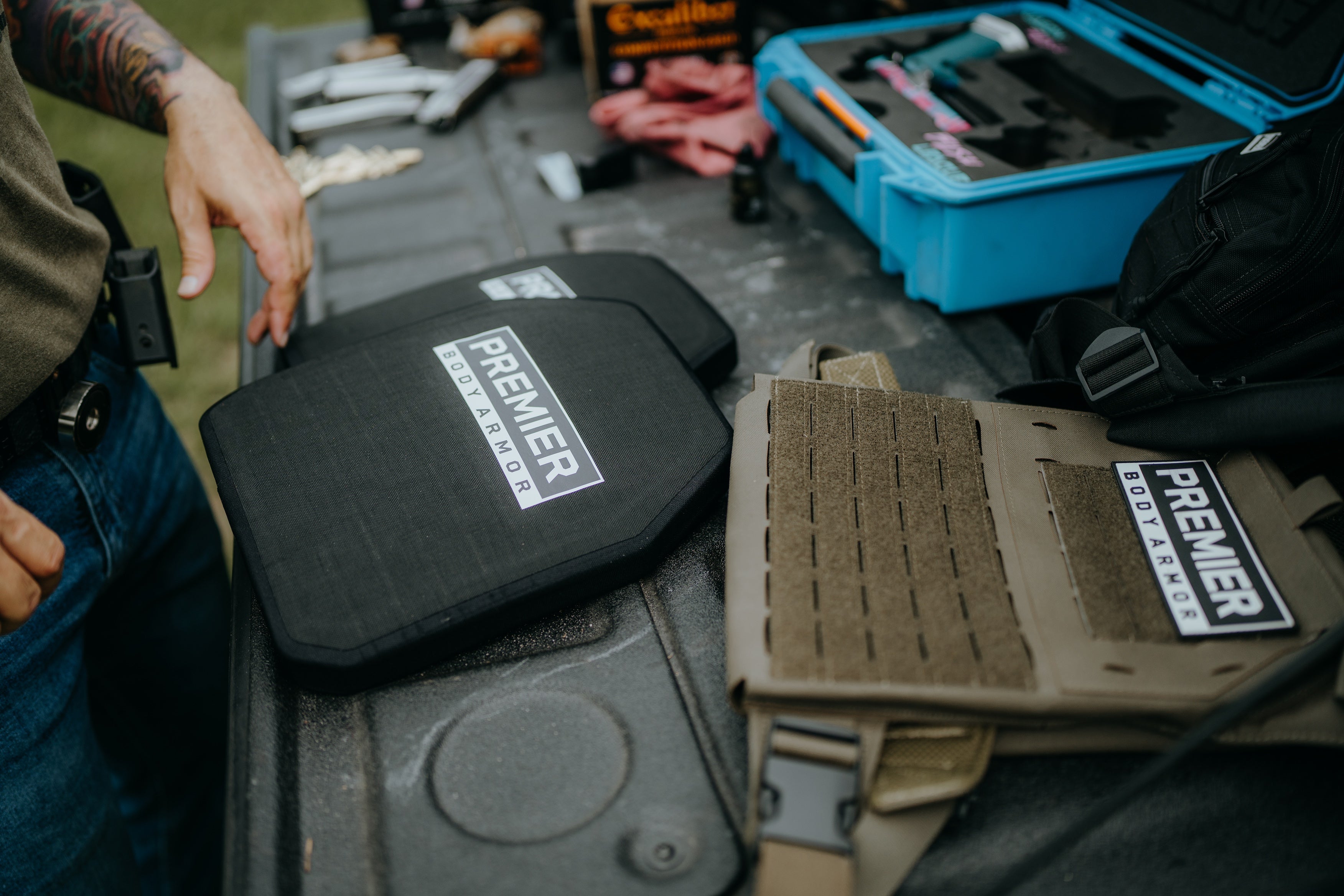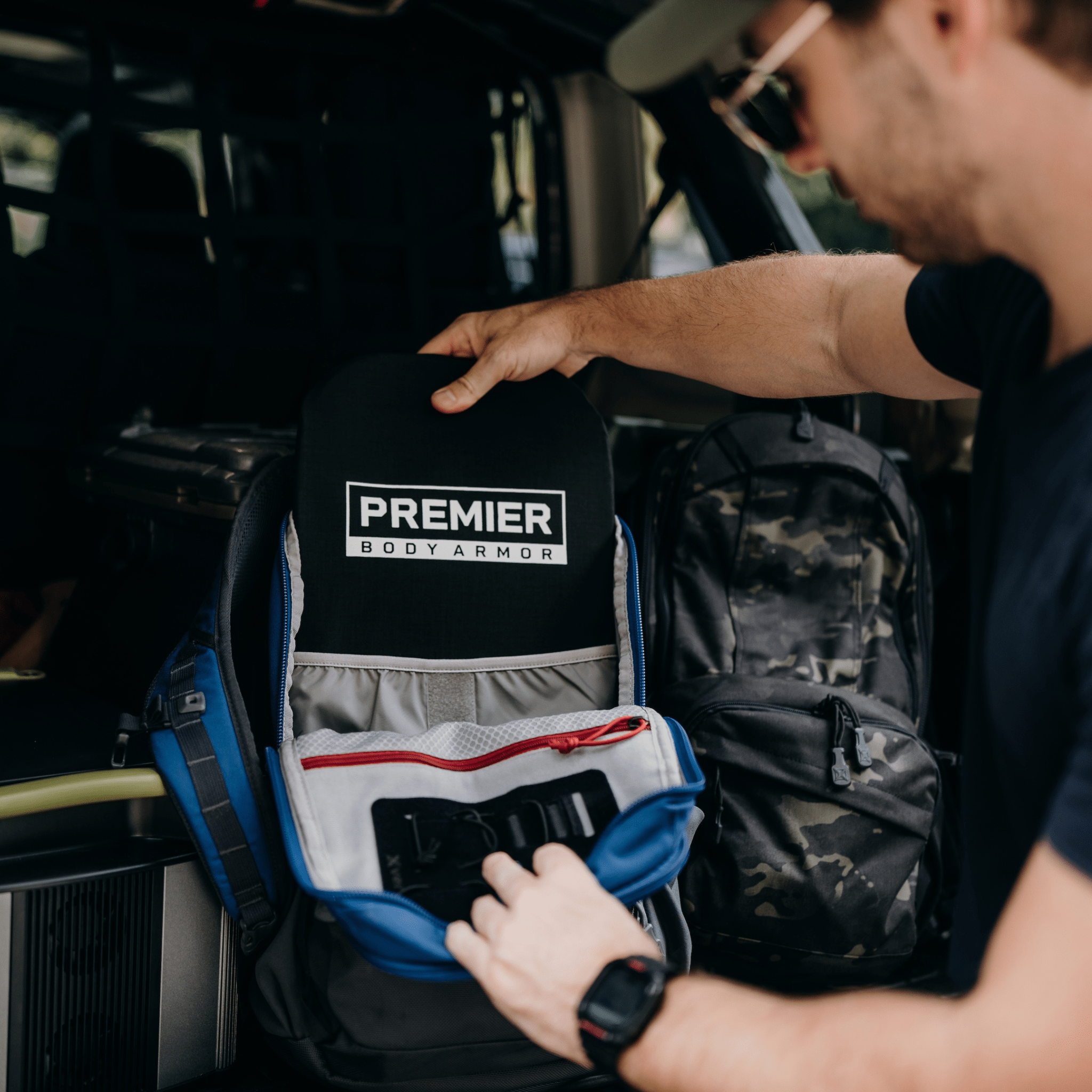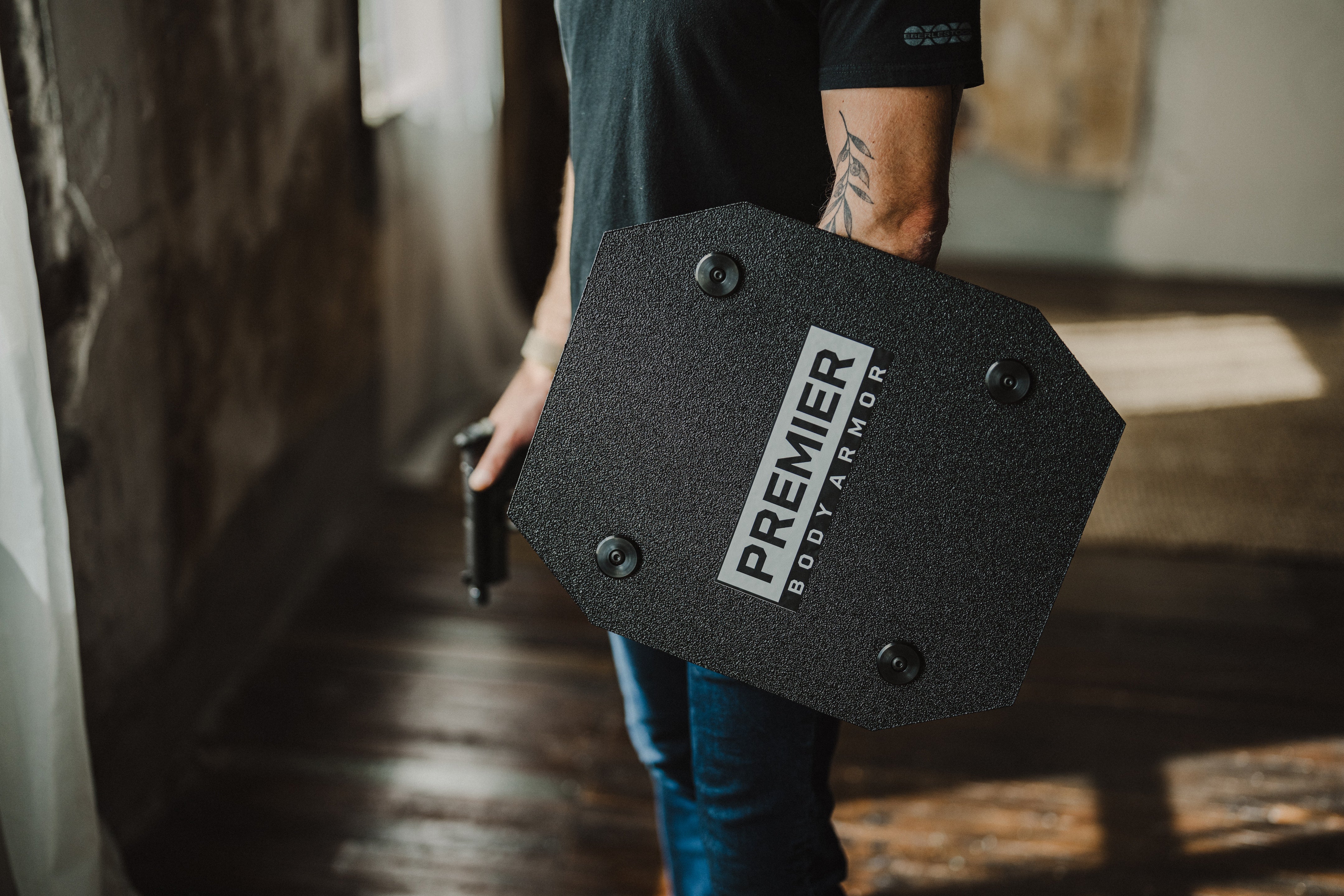The Complete Guide to Barricading Doors: 6 Effective Methods
Knowing how to barricade a door can buy you critical time during a break-in, school lockdown, or other emergency scenario. Whether you're at home, in a classroom, or in a workplace, understanding how to barricade a door is a vital self-defense skill. This guide walks you step-by-step through proven methods to block a door from opening, using tools you already have like furniture, belts, or a broom handle.
We’ll cover techniques for both inward and outward opening doors, specialty entries like sliding glass or double doors, and proactive security solutions for long-term protection.
Learn more about family safety in our articles:
Considerations for Barricading a Door That Opens Inward
If you’re wondering how to secure a door that opens inward, you’re in a better position than you might think. Inward-opening doors, common in homes, offices, and classrooms, is typically easier to reinforce using everyday items. Because the door swings toward you, you can use direct pressure from inside the room to keep intruders out.
The most effective ways to barricade a door that opens inward include stacking heavy furniture against the door, tying the handle or hinge to a fixed anchor, or jamming a doorstop or wedge underneath to prevent movement. All of these tactics help counteract force an intruder might use.
Speed matters. In high-stress situations, you may have only moments to respond. Keep simple tools like door wedges or rubber stoppers close by for quick access. Practice your setup so it's second nature, especially in places where you spend time alone or responsible for others.
Knowing how to secure a door that opens inward in advance can give you a critical edge in an emergency. Just be sure your plan matches the door's type and swing direction.
Considerations for Barricading a Door That Opens Outward
Learning how to secure a door that opens outward takes a different approach than securing an inward-swinging door. Since you can’t press objects against the door from the inside, your focus is on stopping the door from being pulled open.
Outward-opening doors are common in schools, offices, and commercial buildings for safety code reasons, but they pose unique challenges in emergency barricade situations.
To effectively barricade a door that opens out, you’ll need to interfere by targeting the handle or hinges. Use a belt, rope, or paracord to tie the door handle to a heavy, fixed object like a desk or table. You can also place a broomstick or similar rigid item across the doorframe and behind the handle to prevent it from being turned or pulled open.
Understanding how to secure an outward-opening door from inside takes a bit of creativity, especially under pressure. Plan ahead with latch shields, hinge reinforcements, and outward-opening door security bars to improve your preparedness.
No matter the method, the objective remains the same: delay entry, deter intrusion, and protect everyone inside.
6 Ways to Safely and Securely Barricade Doors
Knowing how to blockade a door effectively can be the difference between staying safe and being vulnerable during an emergency. Whether you're in a home, classroom, or office, the key is using what’s immediately available and applying it in a way that reinforces the door’s weak points. From belts and furniture to wedges and broomsticks, the tools are often simple, but their effectiveness depends on correct placement and speed of use.
These six methods focus on barricading the door based on whether it swings inward or outward. Each technique is designed to delay forced entry as much as possible. Whether you're barring a door in response to a break-in or sheltering during a lockdown, creating a strong physical barrier buys you critical time to call for help or escape.
With the right strategy and a bit of preparation, anyone can learn how to blockade a door under pressure, using everyday items to protect themselves and others.
1. For Inward Opening Doors: Use a Chair
One of the simplest emergency techniques is knowing how to barricade a door with a chair. Wedge the top of the chair tightly under the doorknob at an angle. This creates downward and outward pressure that resists the door opening inward.
If you're wondering how to barricade a door with a school chair, most solid-backed, four-legged chairs work well, especially in classrooms where these are readily available. Even understanding how to barricade a door with a folding chair is useful; ensure the chair’s legs are stable and positioned to provide maximum resistance.
2. For Inward Opening Doors: Stack Furniture in Front of the Door
Can you barricade a door with furniture? Absolutely, and it's one of the quickest ways to secure an inward-opening door during an emergency. This method relies on using mass and friction to resist forced entry.
For a strong furniture in front of door barricade, stack heavy, stable items like desks, bookshelves, or dressers directly against the door. The goal is to block the door’s swing path and absorb impact. Push multiple items tightly together to prevent shifting, and if possible, add weight on top for extra resistance. It’s a fast, effective way to reinforce your position under pressure.
3. For Inward Opening Doors: Use a Doorstop or Wedge
If you're wondering how to barricade a door with a door stopper, the answer is simple: jam it tight under the door from the inside. How to barricade a door with a doorstop works best on smooth flooring and with inward-swinging doors. Rubber or metal door wedges work best, but even improvised wedges like shoes or books can help resist entry.
4. For Outward Opening Doors: Tie the Door Hinge Closed
Another effective method is learning how to barricade a door with a belt or rope. Loop the belt around the door handle and secure it to a heavy or fixed object behind it. If your door has an exposed hinge or top-mounted closer, you can wrap the belt tightly around those to keep it from swinging open.
This method works well for commercial or business doors with outward swing and pull-style handles.
5. For Outward Opening Doors: Use a Broom
Wondering how to barricade a door with a broom? Slide the broom horizontally through the pull handle or latch and wedge each end into something stable, like between two walls or heavy furniture. This creates tension and prevents the handle from being pulled open.
This method can buy you valuable time, especially in hotel rooms or offices where the doors don’t lock securely.
6. For Outward Opening Doors: Tie the Door to Heavy Furniture
Another trick for outward swinging doors is to anchor the handle with rope or cord. How to barricade a door with paracord involves tying the handle to a secure object across the room, like a desk, sink, or anchored table.
This technique is most effective when there’s little to no gap between the handle and anchor. Keep the paracord or rope tight and low to the ground for maximum security.
Consider for Barricading Specialty Doors
If you are wondering how to barricade a sliding glass door, keep in mind, these are particularly vulnerable but can still be reinforced. Use a sturdy wooden dowel, broom handle, or adjustable security bar in the bottom track to prevent sliding. For added security, consider installing a keyed pin lock or adding security film to the glass to help resist breakage.
When you need a door barricade for double doors, focus on reinforcing the spot where the doors meet. Use heavy furniture to block both doors, or secure the handles together with a rope, belt, or even paracord. If there’s a gap at the bottom, wedge in doorstops or use a commercial barricade device for double doors; these are common in offices or classrooms and help prevent the doors from being pushed open.
Prevent Last-Minute Barricades with an Installed Door Barricade System
While improvising a barricade can work in an emergency, the most secure option is installing security door locks or a dedicated door security bar ahead of time. Drop-down floor braces, hinge shields, or crossbar barricade systems dramatically increase your door's resistance to force.
For even more protection, consider a security door stopper that installs quickly and can be deployed under stress, even by children or the elderly. These proactive solutions reduce your dependence on furniture or belts in a crisis, ensuring you're always ready for the unexpected.
Staying Safe Whenever Door Barricades Are Needed
Understanding how to barricade a bedroom door, how to barricade a classroom door, or how to barricade a door at home is only part of staying prepared. The real key is preparation. Emergencies happen fast, so it’s essential to plan ahead.
Keep a flashlight, phone, and emergency tool, like a door wedge or belt, close to your sleeping or working area. Practice your barricade setup so you can implement it quickly under stress. Make sure family members or coworkers are familiar with the process, especially if you're not always present.
If you’re learning how to barricade a door at home, focus on simple, repeatable techniques using furniture, belts, or doorstops. For added security, install door reinforcement hardware in advance.
For students, teachers, and school staff, knowing how to barricade a classroom door can be life-saving during an active threat. Combine barricade techniques with silent lockdown drills and safety gear like our First Aid Shield or emergency escape plans. Every second counts, so rehearsing your response is just as important as the physical barricade itself.
Recommended: Equip your home with the Level IIIA Home Shield for fast-deploying ballistic protection.
The Bottom Line
Barricading a door is a practical self-defense skill that anyone can master, and it may one day protect your life or the lives of others. By learning how to block inward and outward opening doors, adapting to your space, and installing reliable long-term security solutions, you gain valuable time in an emergency.
Looking for smart, fast-deploying home and classroom protection? Explore Premier Body Armor’s school safety gear and ballistic shields, including the Level IIIA Home Shield for at-home security. Because when seconds count, being ready makes all the difference.










Leave a comment